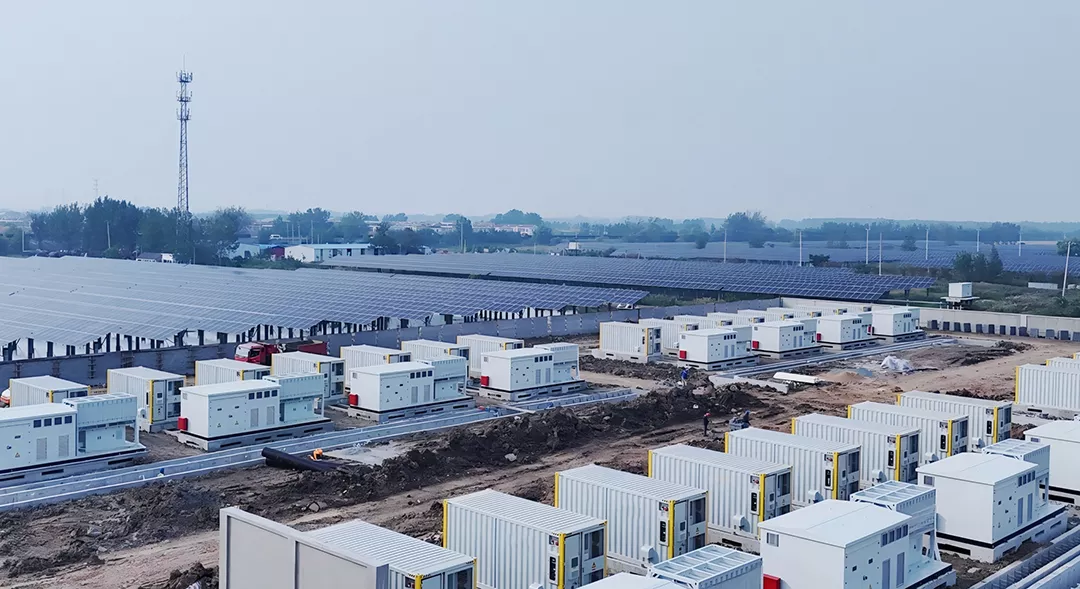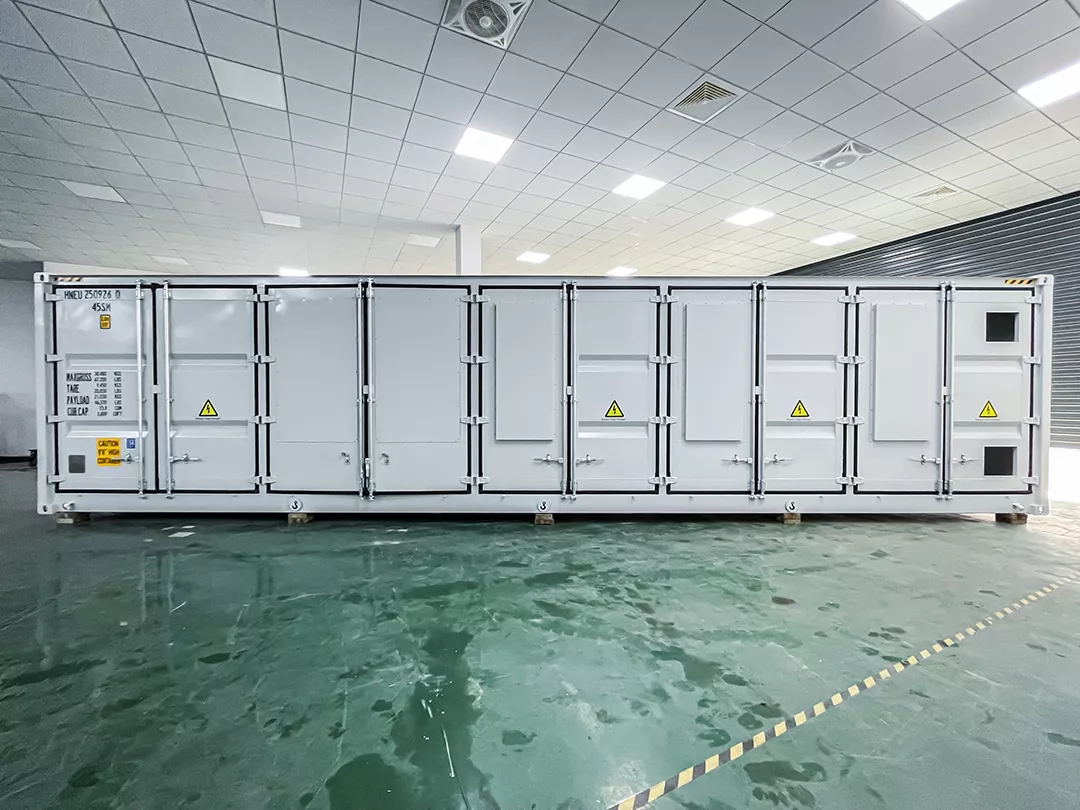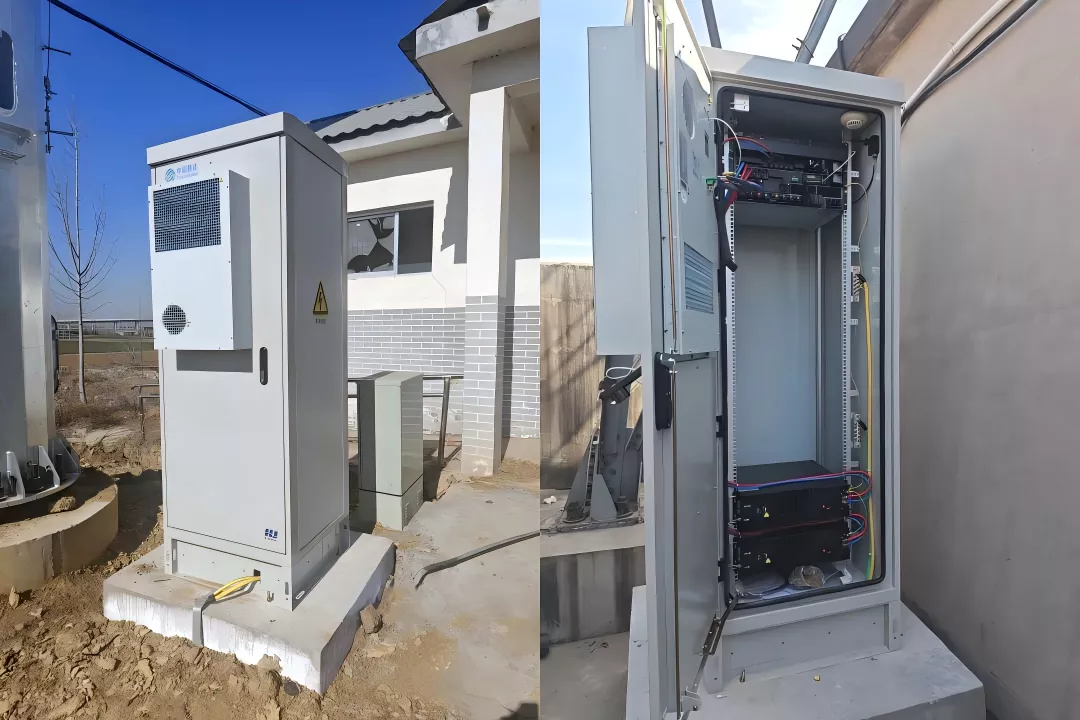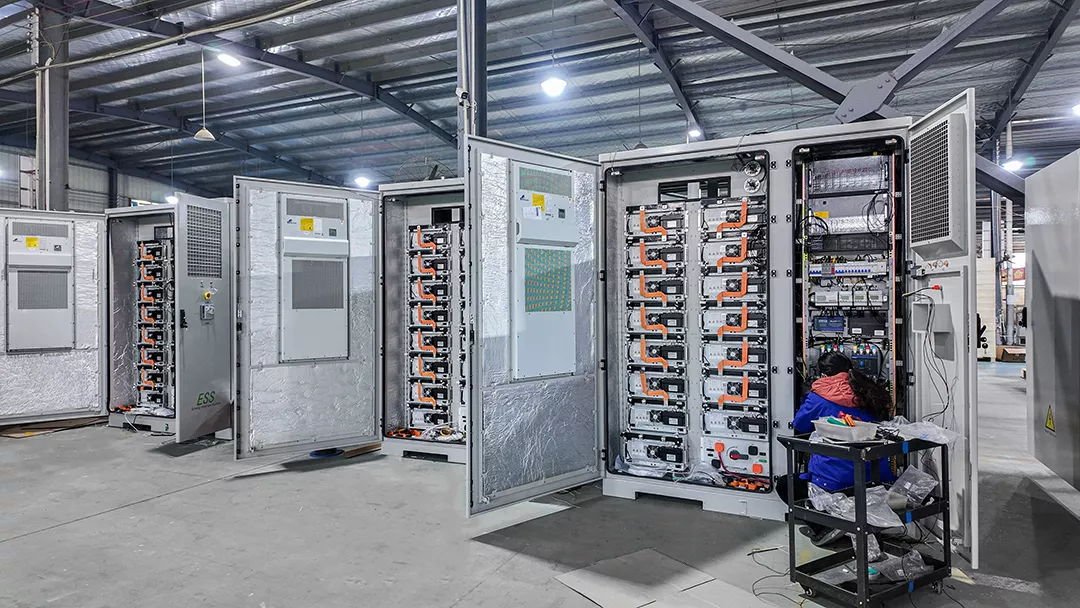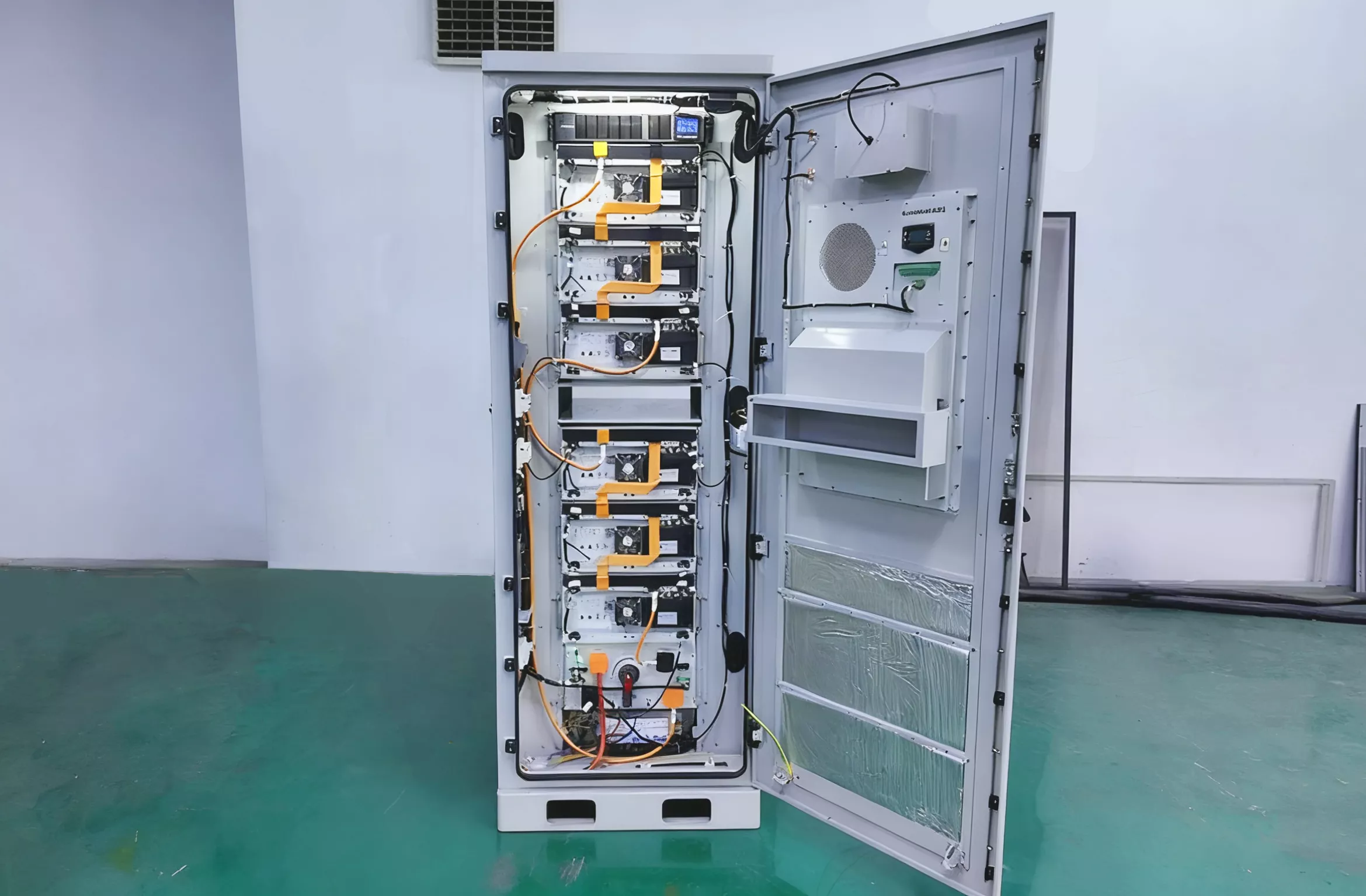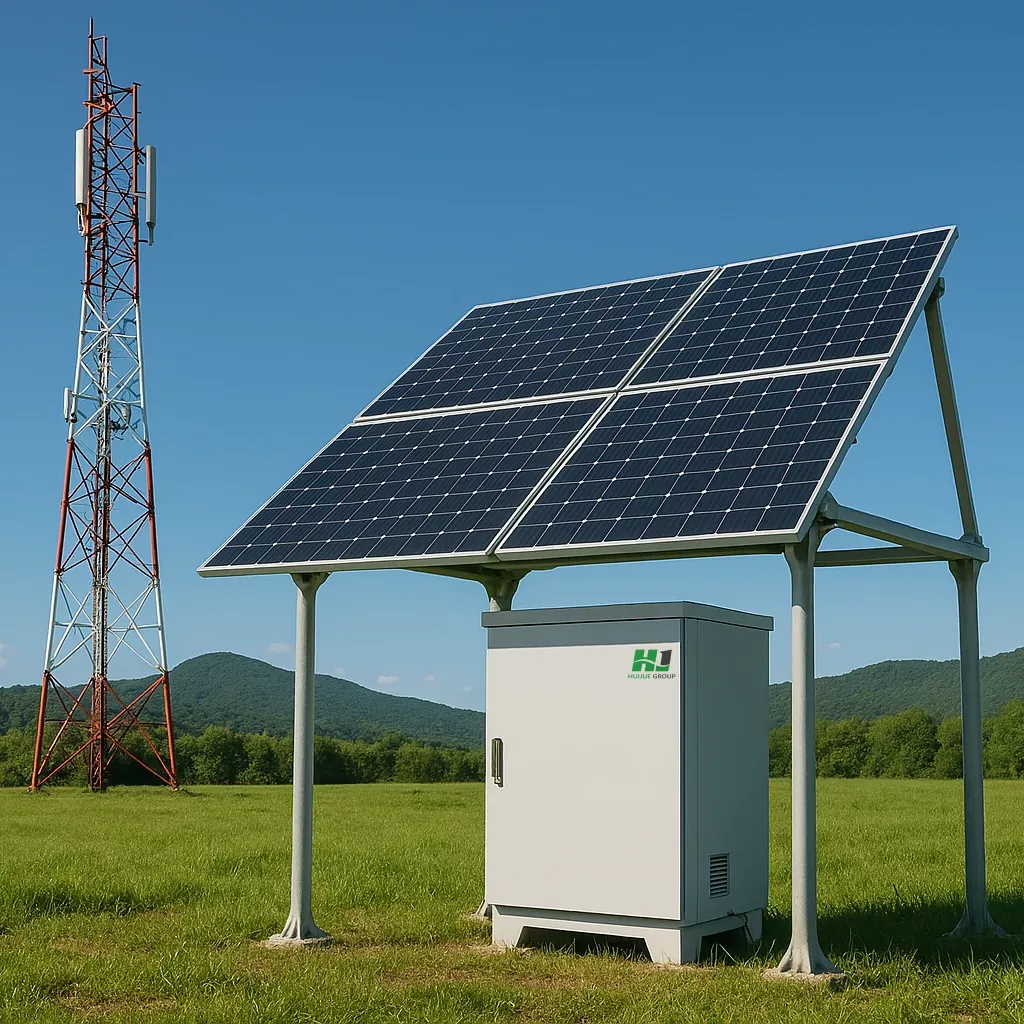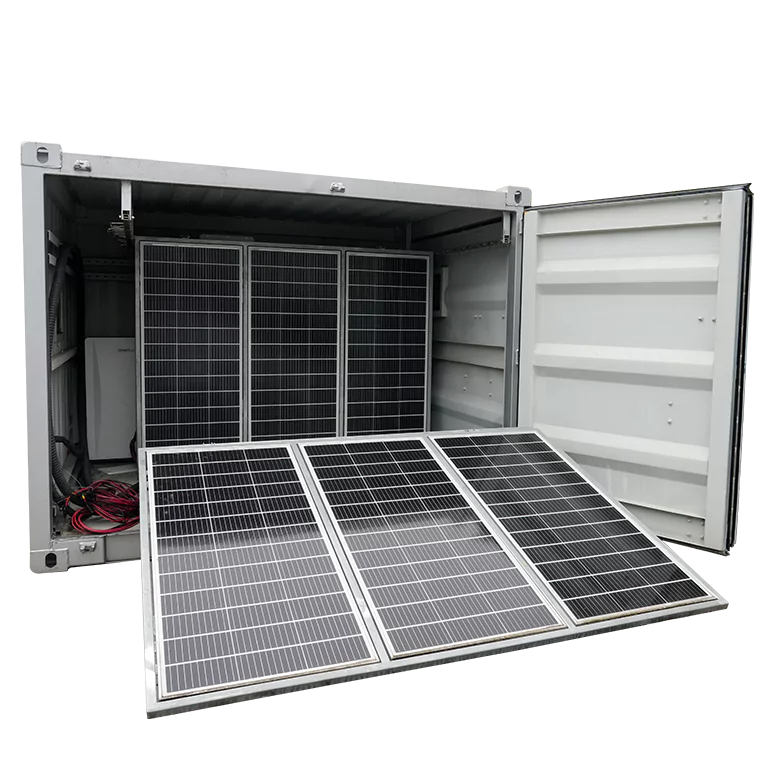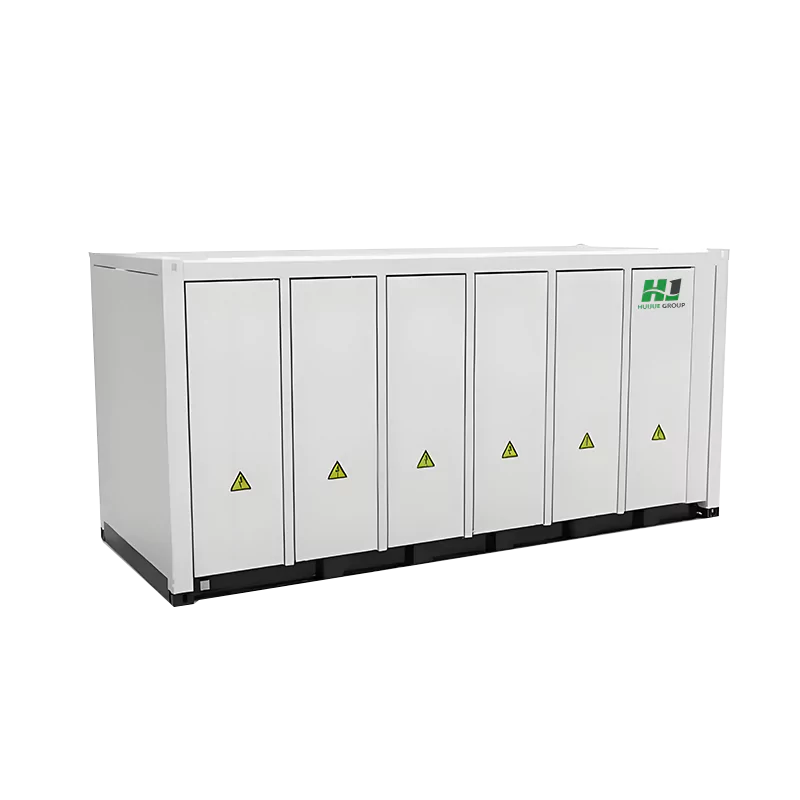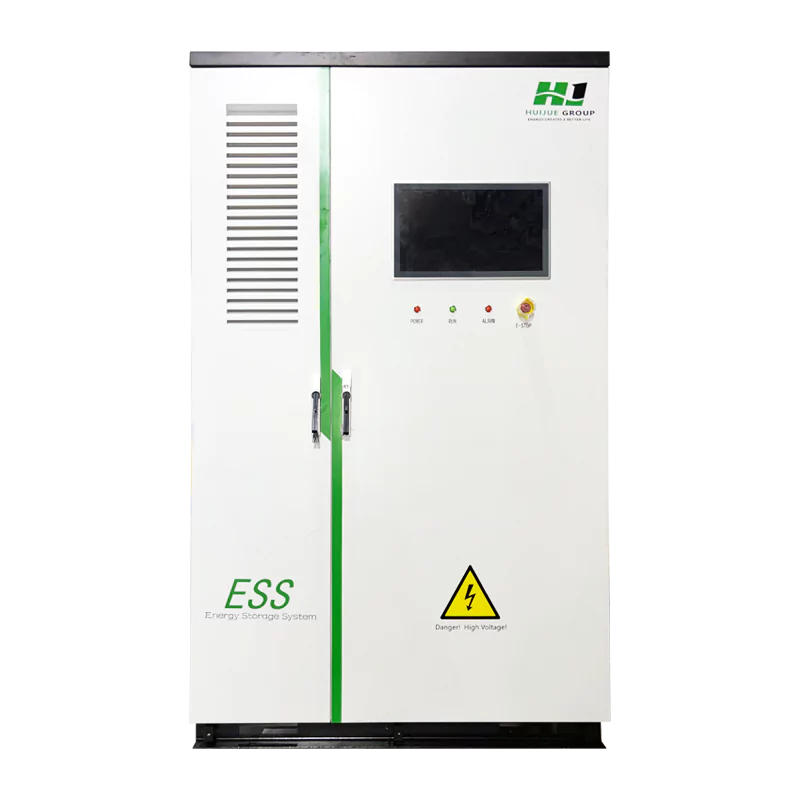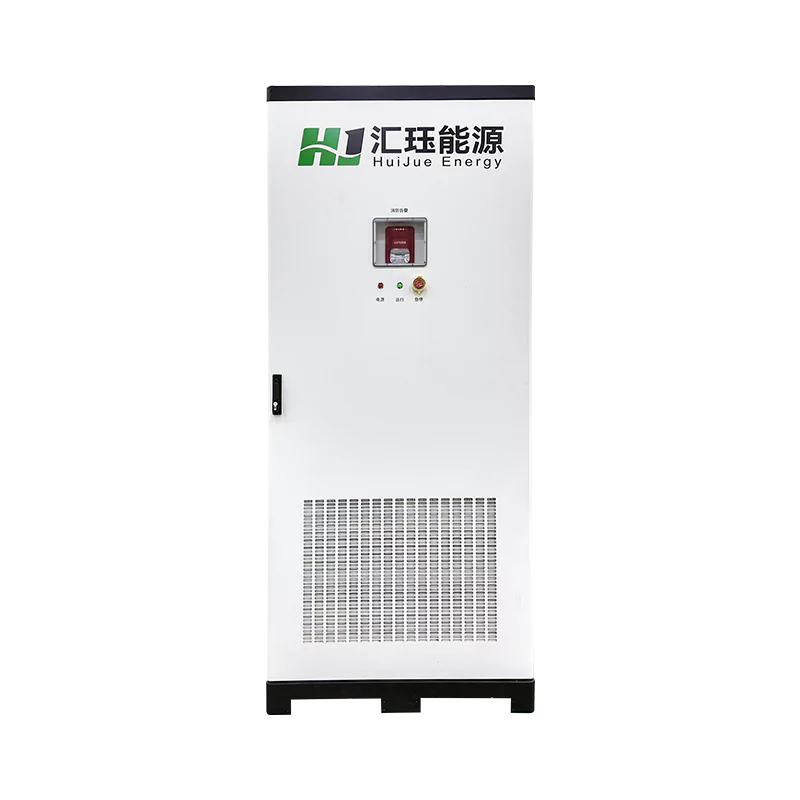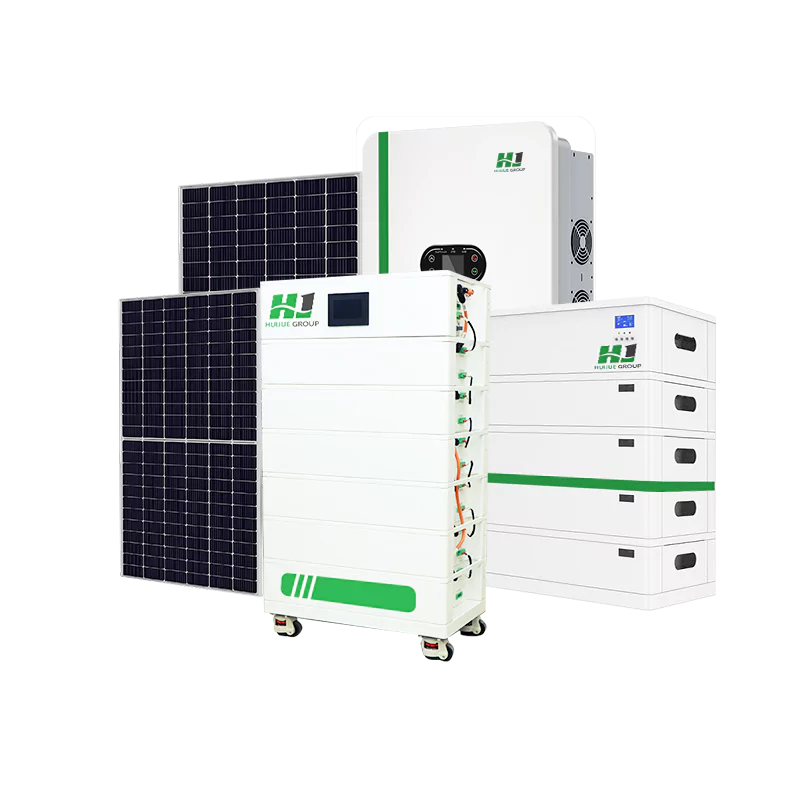7 Common Pitfalls to Avoid When Designing Solar Container Home
Designing a practical and aesthetically pleasing solar container home can be an enjoyable process, but achieving the desired outcome requires adherence to fundamental design principles. For expandable container homes equipped with solar systems, particular attention must be paid to energy layout, space utilisation, and living comfort. The following are common design pitfalls to be aware of to avoid unnecessary complications.
- Overloading the interior with decorations
Complex material combinations, bulky lighting fixtures, or excessive decorative details can create a cluttered and overwhelming visual effect in a limited space. Container homes inherently have smaller spaces compared to traditional houses.
To prioritise living comfort, it is recommended to focus on one or two visual highlights, such as textured accent walls or unique lighting fixtures, using clean lines and neutral colour tones. Selecting multifunctional furniture is also key to optimising space, as it is both practical and does not compromise overall aesthetics.
- Neglecting living flow and storage space
While exterior design is important, photovoltaic container homes should also prioritise living comfort. If storage capacity and living flow design are not considered, solar container homes may end up being ‘beautiful but useless.’
To improve living comfort, it is recommended to start with the living room, plan the space reasonably, and optimize space utilization. Appropriately design hidden storage spaces and use foldable furniture, while utilising 3D modelling technology to preview furniture placement and daily living flow, ensuring both aesthetics and functionality are balanced.
- Neglecting core spaces such as the kitchen, living room, and bathroom
Essential living areas like the kitchen, living room, and bathroom require sufficient activity space. Sometimes, in pursuit of elegant interior design, important spaces are sacrificed. This is a common misconception.
Practical suggestions: Kitchen design should prioritise rational layout and ample storage space, with the option to add a stylish island or breakfast bar. Living spaces should optimise natural light and spatial planning efficiency. Bathrooms can feature frameless glass, suspended sinks, and premium materials to create a spa-like atmosphere.
- Using inappropriate materials
Material selection should consider both cost and local climate conditions, as well as the durability of the materials. Given that metal containers typically face challenges such as extreme temperature fluctuations, condensation, and wear and tear, it is advisable to avoid choosing overly inexpensive materials.
Material selection should balance structural strength, durability, insulation, fire resistance, photovoltaic system compatibility, and sustainability.
Recommended main structural materials: hot-dip galvanised steel frames, aluminium-zinc-coated steel sheets, stainless steel (304).
Recommended insulation and cladding materials: polyurethane foam layers, rock wool boards, fibreglass sandwich panels.
Recommended photovoltaic system materials: monocrystalline silicon photovoltaic panels, aluminium alloy brackets, hot-dip galvanised steel brackets.
Material recommendation table:
| Parts | Recommended material combinations |
| Framework | Hot-dip galvanised steel frame + stainless steel connectors |
| Walls | Aluminium-zinc-coated steel sheet + rock wool/polyurethane + interior bamboo fibreboard |
| Roof | Monocrystalline silicon photovoltaic panels + aluminium alloy or hot-dip galvanised steel brackets + polyurethane insulation layer |
| Doors and windows | Thermal break aluminium + insulated glass + fire-resistant sealing strips |
| Floors | Wooden flooring + foam layer + iron plate + fire-resistant floor covering |
| Kitchens and bathrooms | 304 stainless steel + fibreglass-reinforced plastic (FRP) integrated bathroom fixtures |
- Neglecting insulation and ventilation
Poor insulation and ventilation design can cause container homes to become stuffy in summer and abnormally cold in winter. Besides compromising the living experience, the photovoltaic system may also be affected. An environment that is too cold or too hot with poor ventilation can shorten equipment lifespan and pose safety hazards.
Best practice: Insulation design should follow a multi-layer composite + passive cooling approach, such as spray foam or rigid foam board insulation materials. Ventilation design should follow the principle of active + passive synergy, integrating a ventilation system—smart vents, ceiling fans, smart thermostats—and featuring large windows or skylights.
- Overly Heavy Colour Scheme in Living Spaces
Choosing heavy furniture or dark colour schemes can make living spaces feel cramped.
Design Recommendations: Use light, soft tones to create a sense of space. Install vertical shelves and reflective surfaces to expand the space. Ensure adequate pathways and activity space through online layout design.
- Lack of indoor-outdoor continuity
The core of modern design is indoor-outdoor fluidity.
To avoid a solar container home feeling closed off: install sliding or folding glass doors leading to a balcony or terrace. Coordinate indoor and outdoor decorative styles, and plan outdoor dining or leisure areas. Seamlessly integrate indoor lifestyle with outdoor space through landscape design or lighting.
Smart planning enables seamless integration of solar systems with container homes.
During the planning phase of photovoltaic container home construction, completing system integration design in advance is particularly critical. Pre-reserving space for solar panel mounting brackets, battery cabinets, and cable routing allows for seamless installation later. This forward-thinking design approach significantly enhances the home’s energy efficiency and overall living experience.
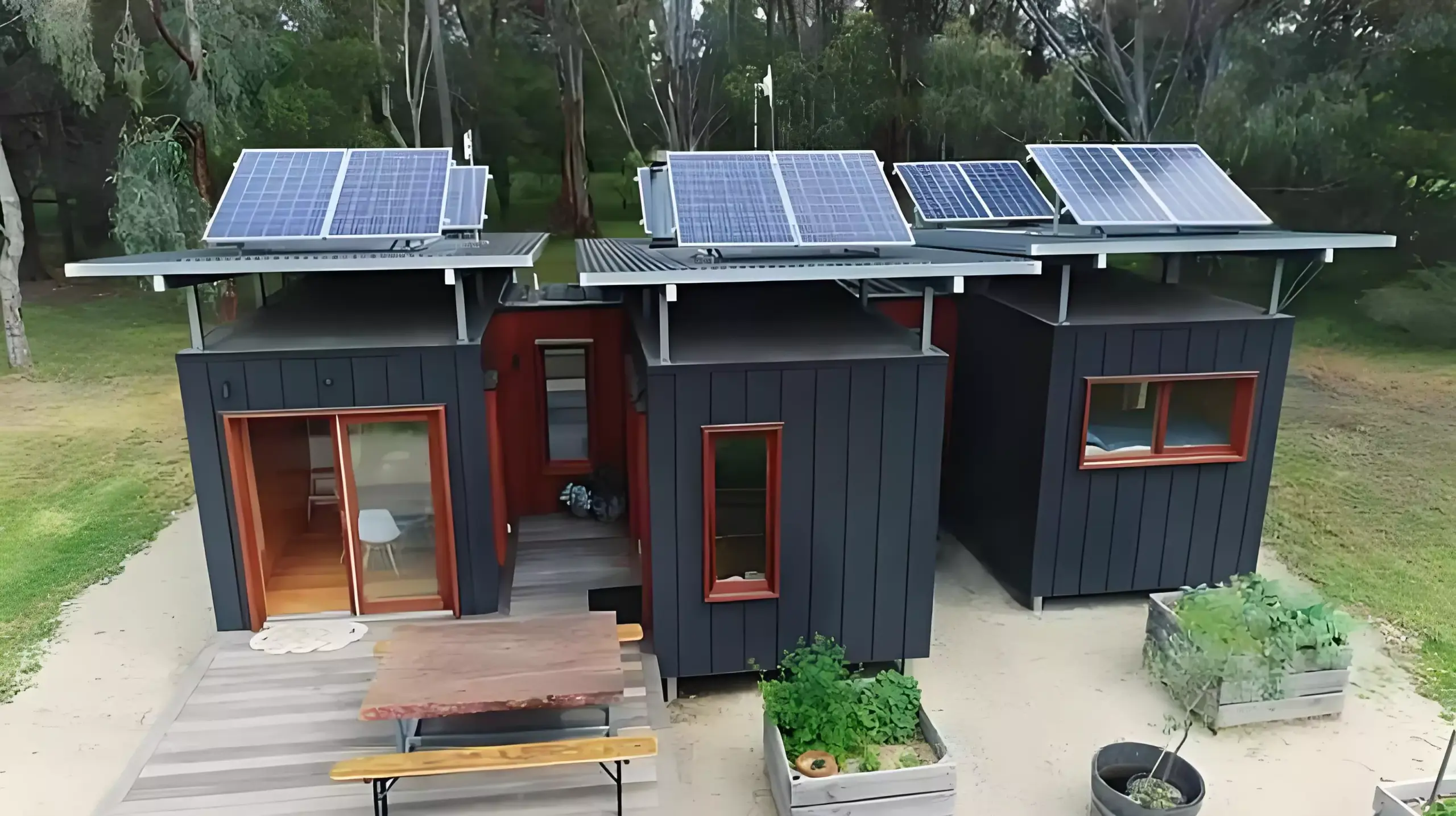
Huijue Group: Providing smart energy storage support for photovoltaic container homes
If you are designing a self-sufficient solar container home or off-grid residential system, selecting reliable energy storage equipment is a critical step toward achieving energy independence. Huijue Group’s smart energy storage cabinet system is specifically designed for container spaces, featuring high-safety lithium iron phosphate (LFP) batteries, integrated intelligent BMS and EMS energy management systems, and support for modular expansion.
With Huijue’s professional system, your solar container home will achieve higher operational resilience and a superior long-term living experience, enabling a truly green and independent lifestyle.


 +86 18006277103
+86 18006277103

